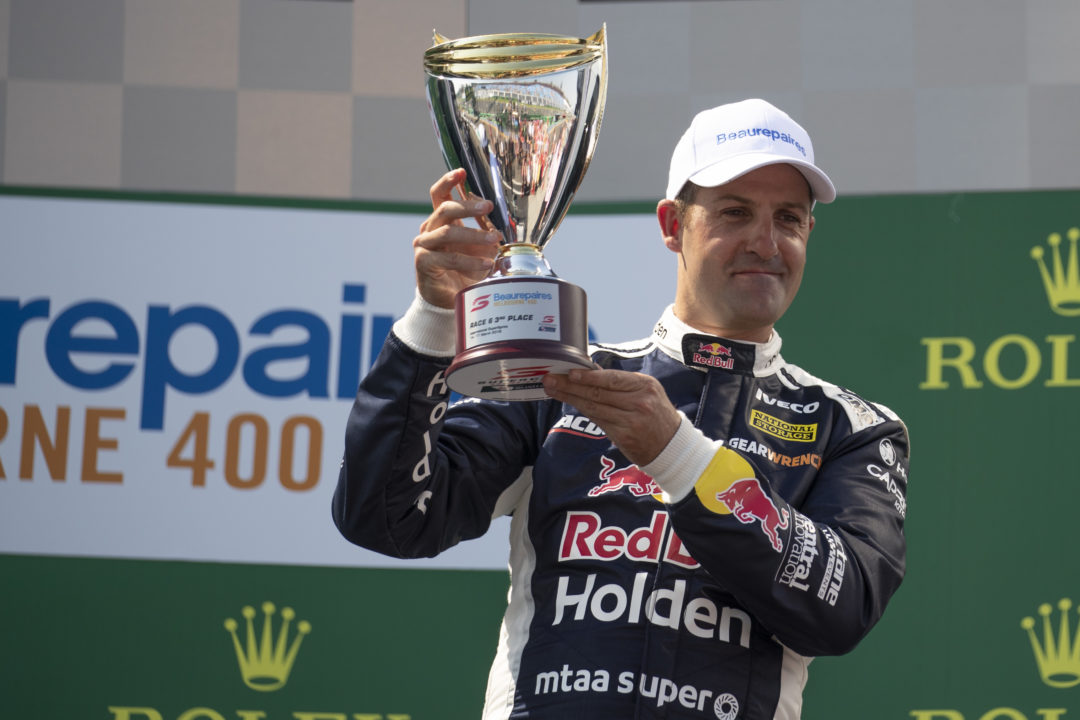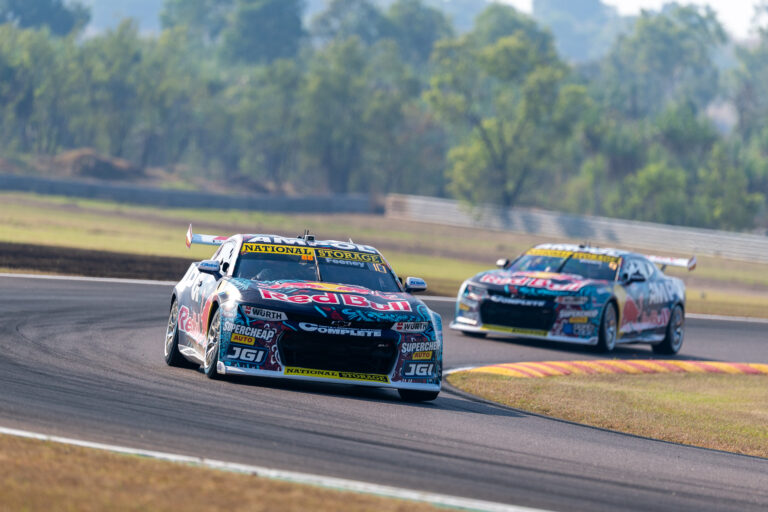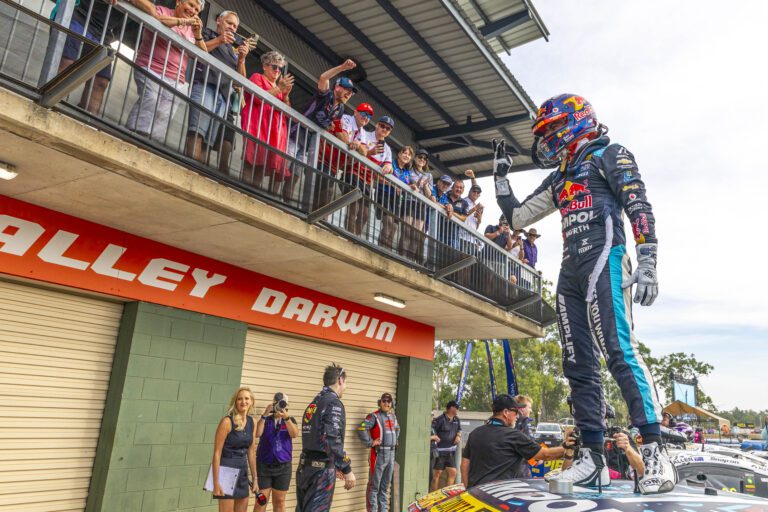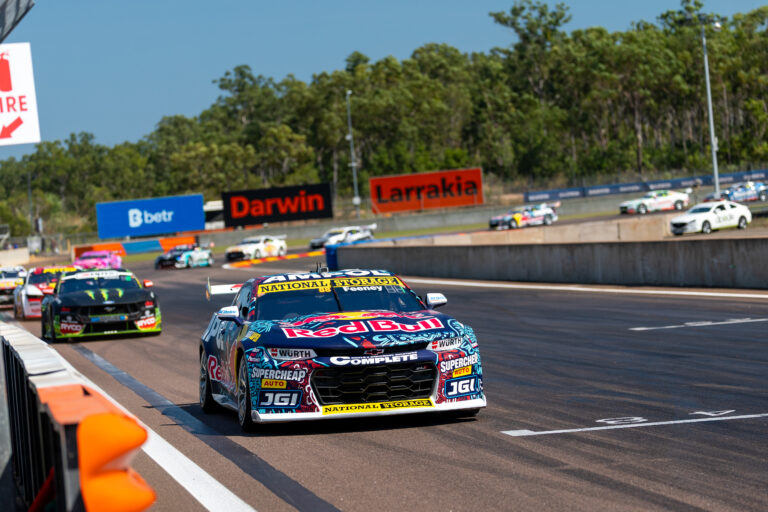The countdown to round two of the Supercars calendar continues, and lucky for us we’ll be getting to show our Formula 1 counterparts a thing or two….
To say the Melbourne 400 is a jammed-packed week of Supercars action is an understatement. Unfamiliar race formats and quicker pit stops is one thing but doing this in front of a global audience is added pressure. So, what makes the Melbourne 400 different to other events on the calendar? We sat down with Red Bull Holden Racing Team Manager Mark ‘Dutto’ Dutton to explain the format of the event.
“The Australian Grand Prix is the only event we go to on the Supercars calendar where we’re not the main category – we’re running second fiddle to Formula 1, which is quite humbling.
“Over the years the format has changed. We used to not race for points. While this decreased the pressure for most teams, for us having an identical major sponsor to our Formula 1 counterparts to represent, it didn’t relieve any pressure for us due to the attendance of high-ranking personnel.
“The fact that the Melbourne 400 has become for points is a good thing, not just for that reason, but for the racing in general. Everyone tries harder and all teams take it seriously and you’re putting in the same amount of expense to get there and the same amount of preparation on the car,” Dutto said.
When asked about the on-track format, Dutto explained the important role tyres will play during the four days.
“It’s an interesting format overall. The fact that the circuit itself is so long – over 5km which is second behind Bathurst. We have two half-hour practice sessions which isn’t a lot, although it may feel like a lot for the drivers because the tyre degradation is so high, and you quickly chew through your tyre bank. You must balance the number of laps you’re doing, making sure they’re quality laps, ensuring you’re not hurting your tyres without recording valuable data for the weekend.
“The four qualifying sessions is interesting as well because one of the decent awards for the year is the pole position award, so if you have a good Grand Prix, you can potentially get four pole position awards against your name which is twice the amount compared to other Supercars events,” Dutto explained.
“There’s also four 100km races jammed into the weekend, which doesn’t sound like much but around this circuit with the tyre degradation it’s huge. The tyre management is so important. To throw a curveball, you also have to run both a hard tyre compound and a soft tyre compound in the races, which will be interesting to see if all teams migrate to the same strategy or if teams take another strategic route.”
A short, sharp race format calls for pit stops to match, so the crew are working around the clock to ensure their tyre changing skills are up to scratch. We asked Dutto what to expect from the team.
“This is the only time during the year we’ll see fast pit stops. For the Melbourne 400, it’s no fuel and just tyres which means you have the six pit crew just changing tyres, so stops will be fast which will be cool to see. At Adelaide for example, the minimum pit stop time was roughly eight to nine seconds which for a tyre-changer is a long time to change a wheel. At Melbourne, if you can get the wheel changed in under four seconds, you’re doing a good job.”
No pressure boys…
Asking Dutto to sum up his expectations for the Melbourne 400, he reminisced on how the event has evolved over the years.
“It’s been a funny event over the years. As I mentioned, we never used to race for points whereas now we do. There used to be implications for ‘not trying’ where teams would actually get fined. How was this policed? If the officials deemed your team was putting a half-arsed effort into racing, you could get fined for basically not trying.
“We never used to have a pit lane either. We used to be in marquees out the back and we’d push everything out onto the Formula 1 pit lane, but these days we obviously have our own pit lane. It’s a cool event especially with the qualifying format. It’s a high reward circuit if you have the cars right, yet a high penalising one if you’ve got it wrong so there’s a lot on the line,” Dutto concluded.
On-track action from the Melbourne 400 begins on Thursday March 12, with races 3-6 to run over an action-packed four days.























